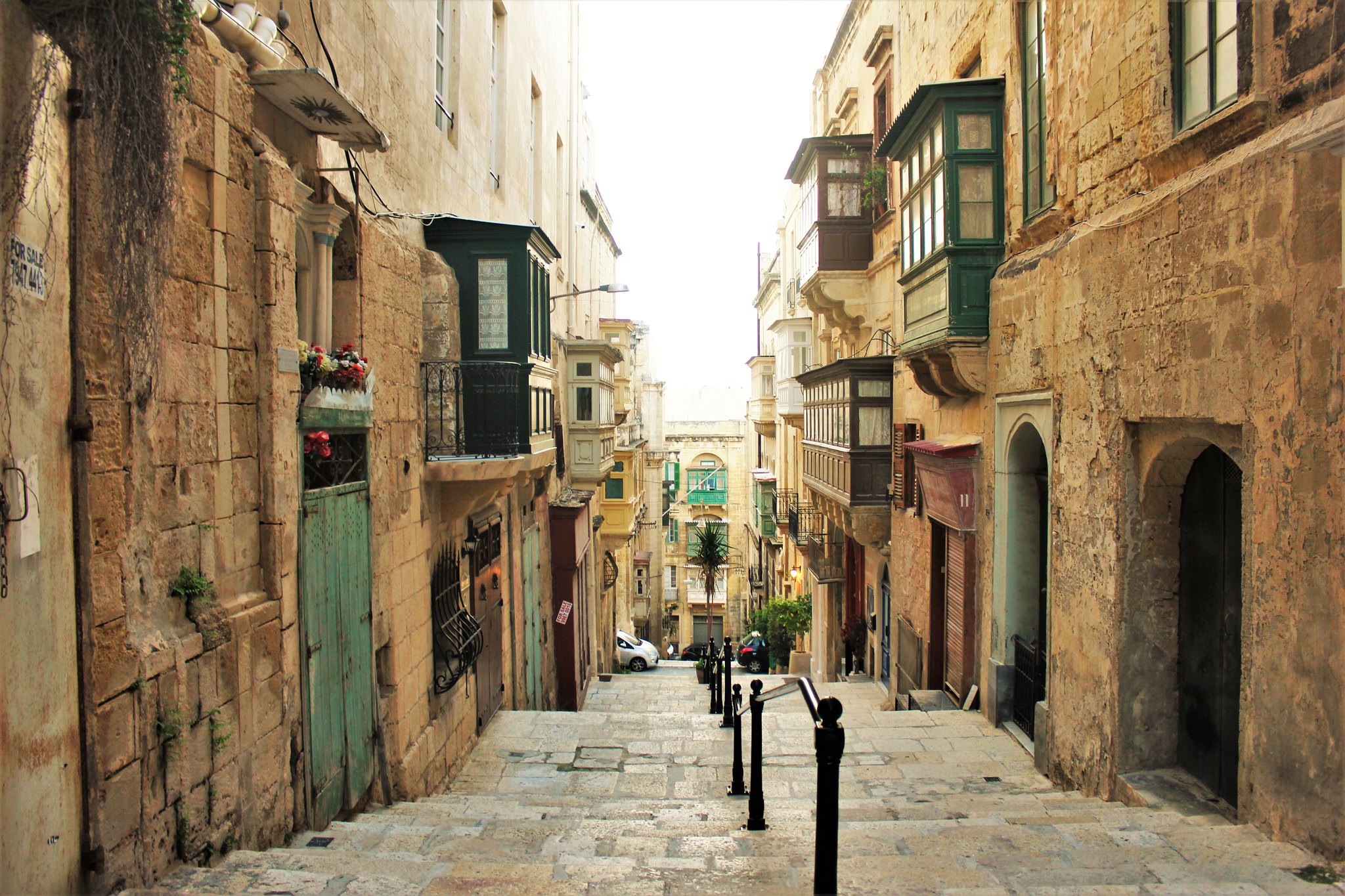Top 10 Facts About Living Conditions in Malta
 Located in the middle of the Mediterranean, south of Italy, Malta is a country made up of a small set of islands full of life and unique culture. Geographically, Malta is just smaller than twice the size of Washington, D.C. and home to nearly 450,000 inhabitants. From 1814 to 1964, Malta was a British colony but has since established itself as a republic, become a member of the European Union and adopted the euro as its currency. Here are the top 10 facts about living conditions in Malta.
Located in the middle of the Mediterranean, south of Italy, Malta is a country made up of a small set of islands full of life and unique culture. Geographically, Malta is just smaller than twice the size of Washington, D.C. and home to nearly 450,000 inhabitants. From 1814 to 1964, Malta was a British colony but has since established itself as a republic, become a member of the European Union and adopted the euro as its currency. Here are the top 10 facts about living conditions in Malta.
Top 10 Facts About Living Conditions in Malta
- Malta was the only member of the EU not to have legalized divorce up until 2011. Until then, if married couples wanted to divorce, they had to leave the country to do so. This is largely due to the Roman Catholic Church’s influence over the country’s more than 95 percent Catholic population. The legislation went into effect beginning October 2011, despite opposition from even the prime minister, who worried legalizing divorce would “weaken the family structure in Malta.”
- The most common form of transportation in Malta is driving by car. The country permits tourists to bring cars over to the islands for a maximum of six months. There are also rental cars available for those of age. Subsequently, traffic is highly congested. Alternative modes of transportation include taxis, buses and the karrozzin, traditional horse-drawn carriages that have been in use in Malta since the mid-19th century.
- Malta’s government offers comprehensive varieties of health care, as well as high-quality dental care, to citizens. People can find multiple pharmacies as well, along with two main hospitals and many health centers. Although Maltese is the main official language of the islands, people speak English across all hospitals, health care facilities and pharmacies.
- While Malta is not really a point of conflict or transnational problems, it does have a military branch named the Armed Forces of Malta (AFM). This military branch includes all aspects; air, naval and land. While there are not any real international relations issues, Malta does serve as a transshipment point for transportation of hashish — coming from cannabis — from North Africa into Western Europe.
- Britain’s military presence in Malta had a massive impact on the country’s economy up until its independence in 1964. Because Malta lacks enough natural resources and has a small, domestic economic market, it relies heavily on other nations for imports. The Maltese economy also leans on the shipbuilding and repair industry, but even that is becoming depleted further and further since gaining independence.
- In Malta, 29.8 percent of the population is obese, causing the country to rank 28th in the world for obesity. This is likely due to Maltese citizens’ heavy reliance on cars as opposed to walking or cycling. While some use bicycles, bicycling is largely unpopular due to the poor road conditions and heavy traffic. When not on main roads, it is a bit easier to navigate the streets on a bicycle, making it an increasingly popular mode of transportation.
- Literacy rates among citizens 15 years and older are essentially the same at 88 percent. The Maltese Constitution warrants that both men and women have equal rights in terms of employment. Malta established The Ministry of Social Development and Equal Status for Women and has allowed for more married women to participate in the workforce.
- Malta expanded education systems to include compulsory schooling for children ages five to 16 in the mid-1980s. As of 2005, Malta further reformed its the education system to include regional colleges that incorporated primary and secondary school educations in addition to a junior college. Malta also has two forms of higher education, the University of Malta at Msida and the Malta College of Arts, Science and Technology.
- Malta imports an abundance of fossil fuels in order to supply its energy. As Malta’s only natural mineral resource is limestone, used in construction, it has extremely limited clean energy resources.
- The youth unemployment rate in Malta is 10.30 percent as of April 2019. While this is not a huge portion of the population, youths (those under the age of 24) make up 11.44 percent of the Maltese population.
These top 10 facts about living conditions in Malta highlight that, in spite of the country’s tumultuous history, it has persisted. While there are aspects Malta must improve upon such as transportation reliance and employment rates, Malta is a tiny country with an impressive development story.
– Emi Cormier
Photo: Flickr
